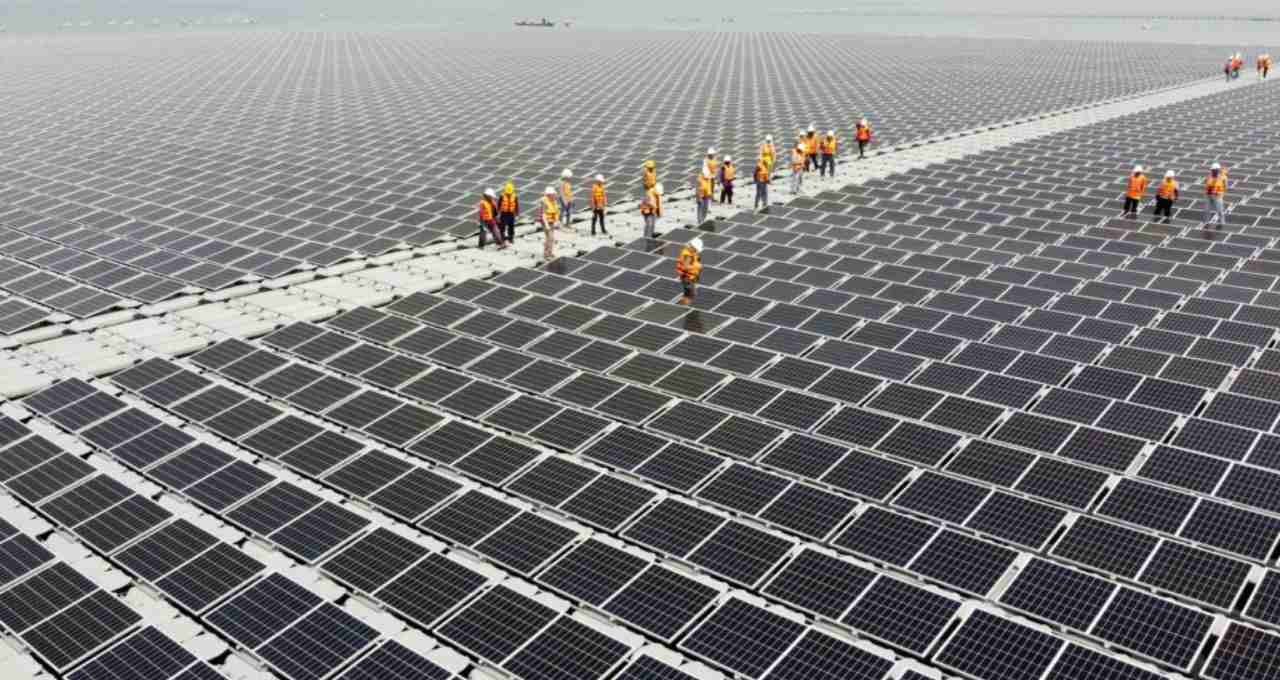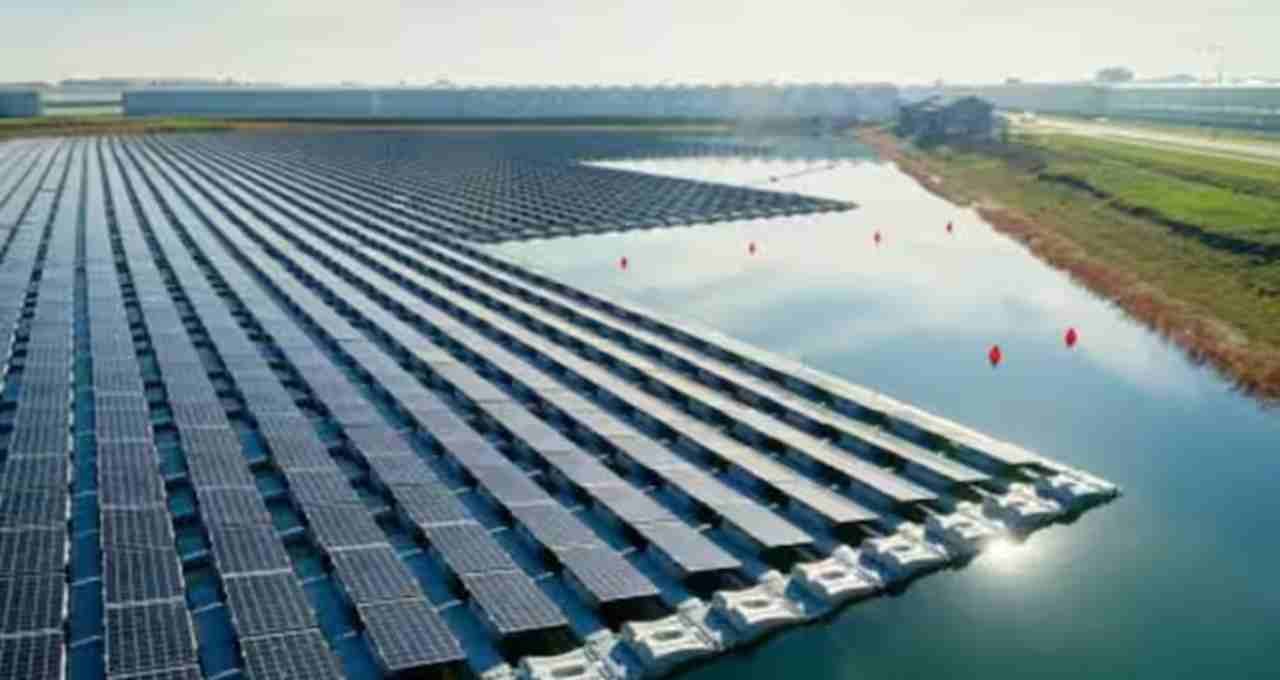You've likely seen solar panels on rooftops or open fields, but now, with the help of technology and innovation, they are also being installed floating on water. In fact, the concept of floating solar panels is rapidly gaining popularity in many countries.
Floating Solar Panels: When we talk about solar energy, we often picture massive solar panels on rooftops or in fields. But the solar energy landscape is changing worldwide. China has taken a unique step in this direction, rapidly deploying floating solar panels on water surfaces. In the coming years, these solar panels will be seen floating in China's rivers, lakes, reservoirs, and even the sea.
In essence, land scarcity and the rapidly increasing demand for electricity have prompted this innovation in China. While traditional solar projects require a large land area, floating solar technology saves land and also has a positive impact on the environment.
Why is China using floating solar panels?
China is already promoting floating solar technology in areas like the Zhejiang Canal Project, the Yangtze, and Pearl River valleys. The biggest advantage is that it doesn't put pressure on land when installed on the water's surface. Additionally, it reduces the evaporation rate in reservoirs and lakes, conserving water.

Furthermore, the coolness of the water increases the efficiency of the solar panels. High temperatures typically reduce the capacity of solar panels, but this problem is largely solved due to floating on water.
China's largest floating solar farm
China's leadership in floating solar technology is continuously strengthening worldwide. The Dingzhuang Floating Solar Farm in Dezhou, China, is the country's largest floating solar project with a capacity of 320 MW. This project not only helps in electricity generation but also provides employment to people in the surrounding area.
China has set a target of achieving a combined wind and solar capacity of 1200 gigawatts by 2030, in which floating solar technology is proving to be a major weapon.
Solar panels will also float in the sea
Floating solar technology has now moved beyond rivers and lakes into the sea. China has completed the world's largest offshore floating solar project with a capacity of 1 gigawatt in Shandong province. This project has been built on top of an old submerged coal mine, thereby making better use of the unused space.

In addition, China has also started setting up offshore solar parks in the North Sea. This not only increases solar energy production but is also bringing a new revolution in China's energy sector.
A boon for the environment
The biggest benefit of floating solar technology is to the environment. Solar panels installed on reservoirs help conserve water by preventing water evaporation. Also, it can promote fisheries, as a favorable environment is created for fish under the shade of the solar panels. Additionally, this technology is effective in reducing carbon emissions and reducing dependence on coal. China's goal is to peak carbon emissions by 2030 and then continuously reduce them.
This technology can also be very useful for countries like India, where there is a shortage of agricultural land and the demand for electricity is rapidly increasing. There are many large reservoirs and dams in India, on which floating solar plants can be installed to increase electricity production. Floating solar technology can be an excellent option for achieving renewable energy targets worldwide. It will not only produce green energy but will also save both water and land resources.












